Throughout the year, the NOAA Marine Debris Program will spotlight each region for an entire month. Keep an eye on our blog and social media to learn about exciting marine debris projects and initiatives throughout the country.
The NOAA Marine Debris Program’s Pacific Islands Region of American Samoa, Guam, the Commonwealth of the Northern Mariana Islands (CNMI), and Hawai‘i spans across 5,239,989 square miles, and is our largest region. Despite their geographic isolation, these island communities are not isolated from the issue of marine debris. Island communities face unique challenges around managing marine debris, including limited land mass, waste infrastructure, and currents that carry debris from afar. Five marine debris prevention and removal projects supported by the NOAA Marine Debris Program are in progress in the Pacific Islands Region. These small communities are leading the way with large efforts.
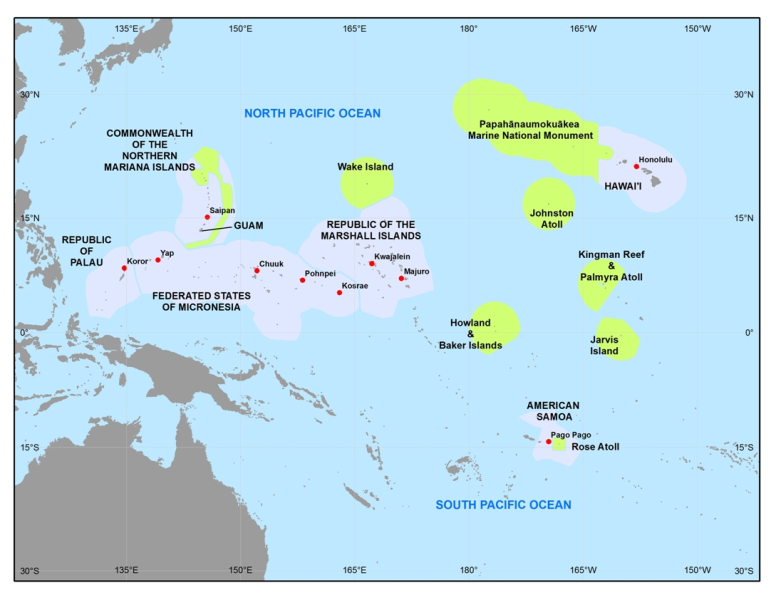
Looking for opportunities to prevent debris from entering our marine environment is crucial to managing marine debris over time. Zero Waste O‘ahu is working with local restaurants to pilot Full Cycle Takeout, a reusable takeout container program in the North Shore community of O‘ahu. By replacing single-use plastic containers with reusable alternatives, the program aims to prevent potential marine debris from entering waters and shorelines on O‘ahu. In American Samoa, where takeout containers are a popular option, similar efforts are underway. Arizona State University and American Samoa Community College students will explore sustainable options to replace regularly used single-use plastic takeout containers, work with local businesses to pilot alternatives, and spread awareness of the impacts of single-use plastics through public service announcements and community outreach.
Single-use plastic beverage bottles are convenient for on-the-go hydration, but are also a commonly found type of marine debris. The Hawai‘i Department of Land and Natural Resources’ Division of State Parks is working to install water bottle filling stations across 19 parks throughout the islands to reduce the amount of single-use plastics being used in the parks and ultimately prevent potential marine debris.
Removing debris is crucial to keeping beaches and waterways free from the impacts of marine debris. Hawai‘i is especially prone to the impacts of derelict fishing gear (DFG) originating from places throughout the Pacific. Hawai‘i Wildlife Fund and partners will build on past efforts to remove DFG and other large marine debris from remote coastlines on Kaua‘i, Maui, and Hawai‘i Island. During their most recent project, the Hawai‘i Nei Marine Debris Removal Partnership, they removed over 179.1 metric tons of debris and exceeded their original goal of recovering 112 metric tons. In total, an estimated 45.4% of the debris items recovered (by weight) were DFG.
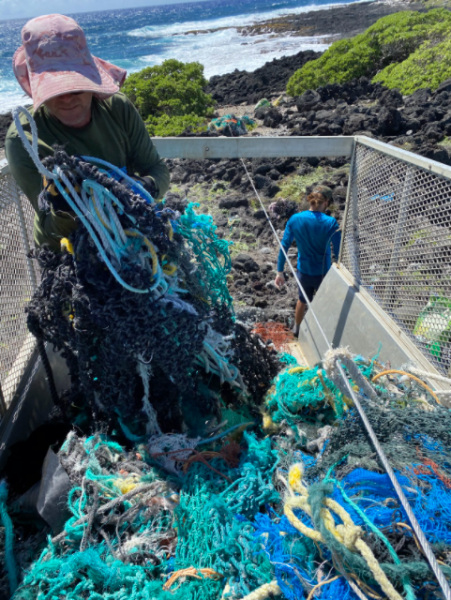
Natural disasters can create a large amount of marine debris in a short amount of time. With support from the Hurricane Response Marine Debris Removal Fund, a partnership between the NOAA Marine Debris Program and National Fish and Wildlife Foundation, partners in CNMI are working hard towards addressing storm-created debris. CNMI is located within an area described as “Typhoon Alley” and in 2018, Category 5 Super Typhoon Yutu devastated the community and left behind a massive amount of destruction and debris. The Mariana Islands Nature Alliance and partners are leading large-scale efforts to remove 70,000 pounds of marine debris on the islands of Tinian and Saipan. Pacific Coastal Research and Planning recently completed the successful removal of the Lady Carolina, an 83-foot, steel-hulled fishing vessel that was grounded in Saipan Lagoon during Typhoon Soudelor in 2015 and further damaged by Typhoon Yutu. Removal of the vessel resulted in 80 metric tons of metal scrap and prevents further environmental impacts to sensitive habitat, such as coral reefs, and endangered species. Additionally, the NOAA Marine Debris Program, in coordination with local partners, and federal and territory agencies, is developing a CNMI Marine Debris Emergency Response Guide. Guides like these are designed to help coastal states and territories prepare and respond to marine debris after disasters.
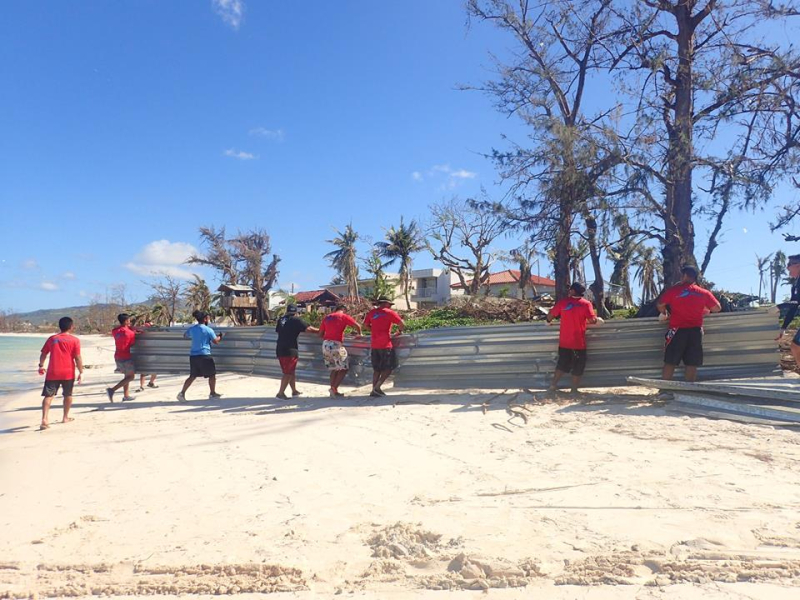
The Pacific Islands Region continues to fight marine debris with an effort that matches the size of its ocean. We are proud to support these partners in their important, on-the-ground work and look forward to highlighting their projects throughout the month!

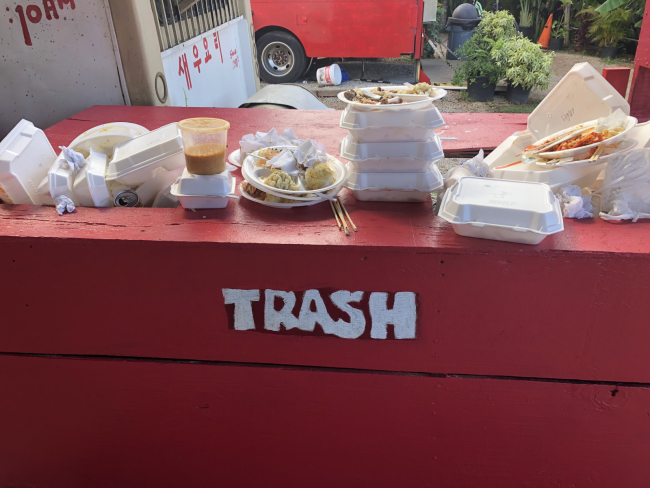
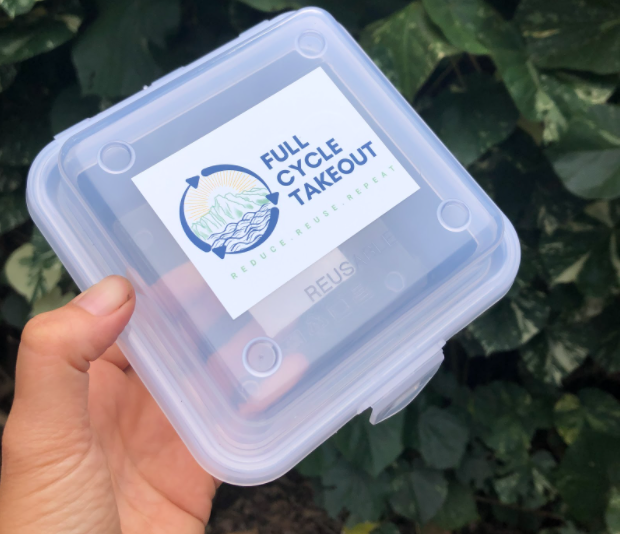
Hey, I work in Alaska at the Southern Alaska Fish and Wildlife Field Office and am very interested in this program. It would be great is to touch base with a leader in this program. Thanks much!